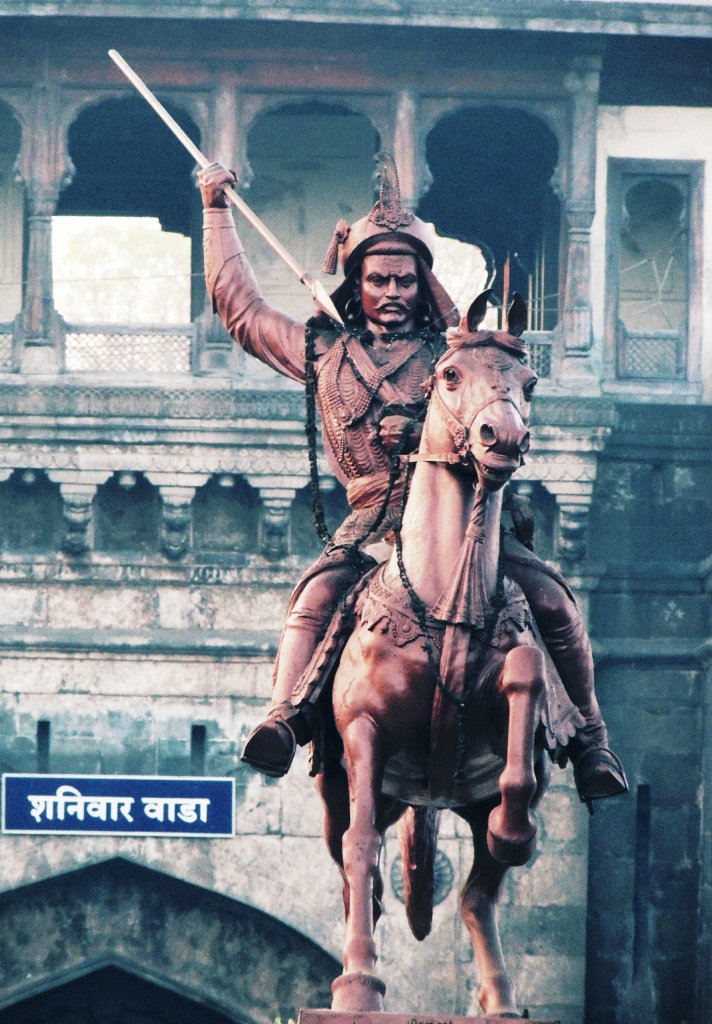Shaniwar Wada stands as a profound testament to the intricate tapestry of Maratha power and historical complexity. Nestled in the heart of Pune, this fortification represents more than mere architectural grandeur—it embodies the nuanced narrative of an empire's rise, internal struggles, and ultimate transformation.
Founded in 1732 by Peshwa Baji Rao I, the structure emerged from a deliberate architectural vision that blended strategic necessity with cultural symbolism. Its name, derived from "Shaniwar" (Saturday) and "Wada" (residential complex), hints at the meticulous planning underlying its construction. Materials sourced from diverse regions—teak from Junnar, stone from Chinchwad, and lime from Jejuri—reflected the expansive reach of Maratha influence.
The fort's most haunting chapter revolves around the tragic murder of Narayanrao Peshwa in 1773, an event that would become legendary in Maharashtrian folklore. Killed by guards acting under his uncle Raghunathrao and aunt Anandibai's orders, Narayanrao's desperate cries—"Kaka mala vachava" (Uncle, save me)—are said to still echo through the fort's corridors, particularly on full moon nights. This brutal episode symbolizes the internal power struggles that would ultimately weaken the Maratha Empire.
Architecturally, Shaniwar Wada was a marvel of its era. The complex boasted impressive structures, including the renowned "Hazari Karanje" or Fountain of a Thousand Jets, designed for the infant Peshwa Sawai Madhavrao. This intricate fountain represented not just technological sophistication but also the cultural refinement of the Maratha court. Bastions, gates, and perimeter walls enclosed a garden complex that spoke to both defensive strategy and aesthetic sensibility.
The fort's significance extended beyond mere physical infrastructure. It served as the epicenter of Maratha political power until 1818, when Bajirao II surrendered to the British East India Company. This transition marked a critical moment in Indian history, representing the gradual erosion of indigenous political autonomy. Notable figures like Bhagwan Swaminarayan visited the complex, further underscoring its cultural and spiritual importance.
A catastrophic fire in 1828 fundamentally transformed Shaniwar Wada's landscape. While granite ramparts, teak gateways, and foundational structures survived, the mysterious blaze consumed most internal buildings. The British, viewing the site as a symbol of defeated power, made no significant restoration efforts, allowing the complex to gradually deteriorate.
In contemporary times, Shaniwar Wada has been reimagined as a historical landmark and tourist destination. While its original grandeur cannot be fully recaptured, the site offers visitors a tangible connection to a pivotal period in Maharashtra's history. The fort's walls, gates, and remaining structures provide a poignant narrative of power, ambition, betrayal, and cultural transformation.
Today, Shaniwar Wada represents more than a historical monument—it is a living narrative of India's complex past. Its haunting stories, architectural remnants, and historical significance continue to captivate visitors, offering a profound glimpse into the intricate social and political dynamics of the 18th-century Maratha Empire. As a site of remembrance and reflection, it stands as an enduring testament to the resilience and complexity of Indian historical experience.




